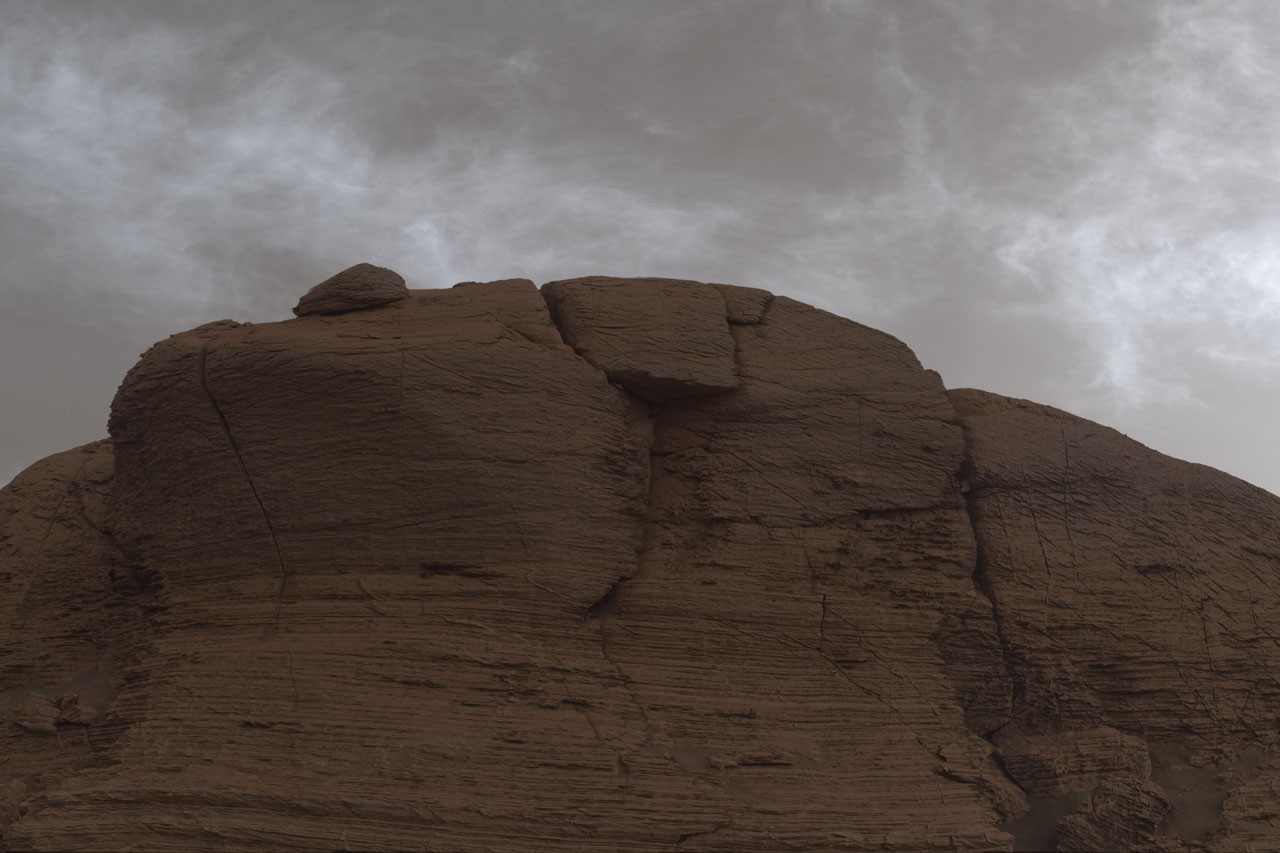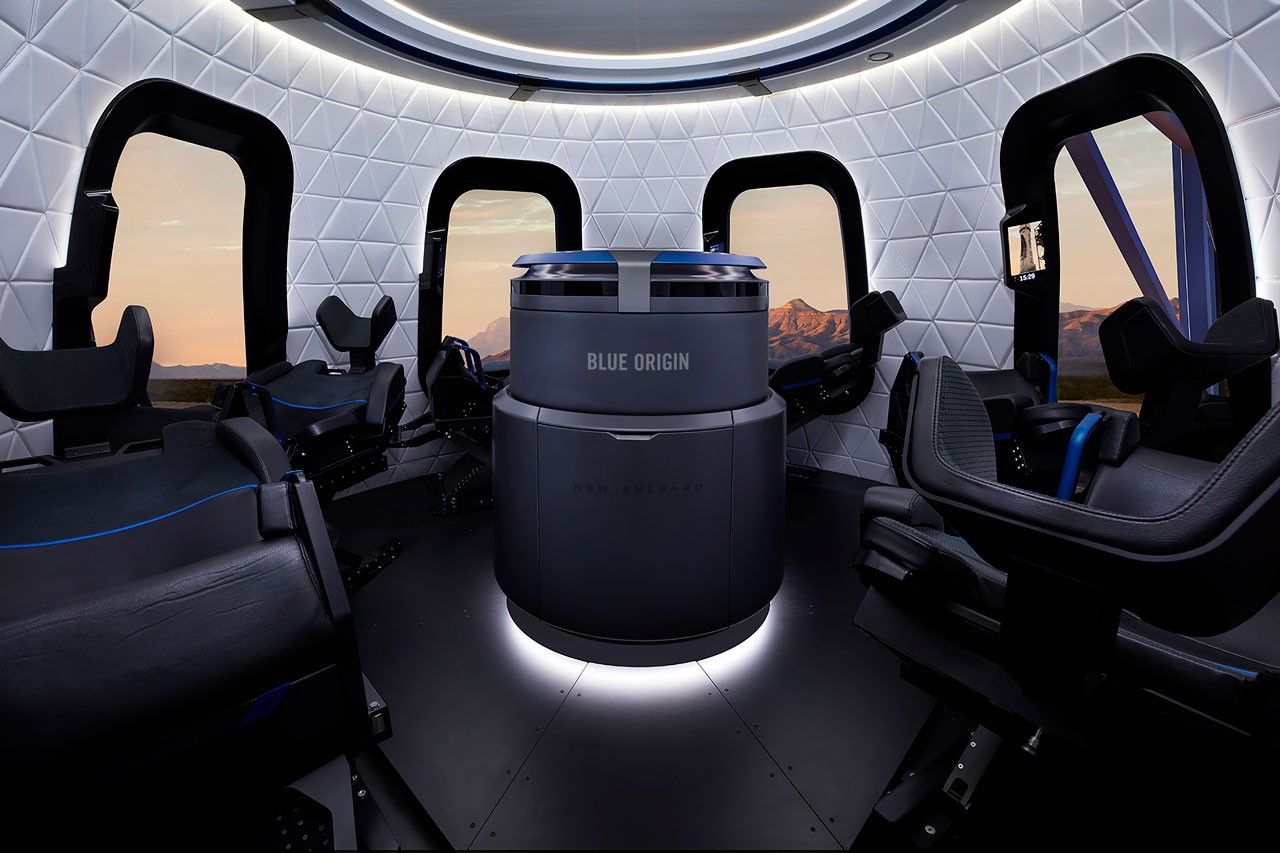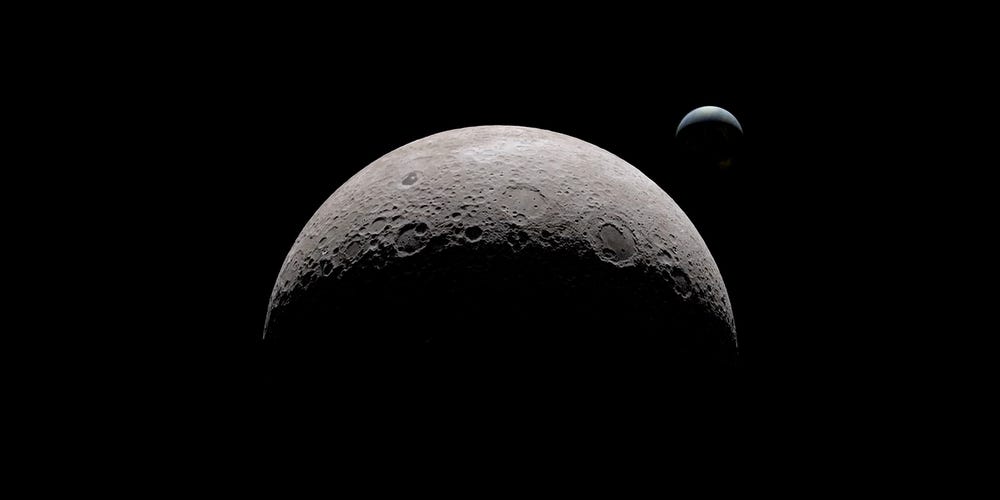Images of rare, shimmering clouds in the Martian atmosphere have been captured by NASA’s Curiosity Rover.
The space agency’s Jet Propulsion Laboratory said in a press release on Friday that clouds are rare on the Red Planet due to its thin, dry atmosphere. Clouds can typically be found at the planet’s equator during the coldest parts of a Martian year when Mars is farthest from the sun.
Two Earth years ago (equal to one full Martian year), scientists studying the clouds on Mars noticed them forming over NASA’s Curiosity Rover earlier than expected, encouraging them to document these “early” clouds from the moment they began to appear in late January.
“What resulted are images of wispy puffs filled with ice crystals that scattered light from the setting sun, some of them shimmering with color,” the lab wrote.
Curiosity’s team not only now better understands how clouds are formed on Mars and why these clouds looked different, but they have also discovered that early-arrival clouds are higher in altitude than the others. While most Martian clouds hover no more than about 37 miles (60 kilometers) in the sky and are made of frozen water, these dazzling clouds photographed by the Curiosity Rover sit at a higher altitude, where it is much colder. This likely means that the higher clouds are made from frozen carbon dioxide, or dry ice.
“These twilight clouds, also known as “noctilucent” (Latin for “night shining”) clouds, grow brighter as they fill with crystals, then darken after the Sun’s position in the sky drops below their altitude,” the laboratory said. “This is just one useful clue scientists use to determine how high they are.”
Other clouds, called “mother of pearl” clouds, appear iridescent or pastel in color because of uniform cloud particles. “That’s usually happening just after the clouds have formed and have all grown at the same rate,” said Mark Lemmon, an atmospheric scientist with the Space Science Institute in Boulder, Colorado.
According to NASA, the array of colors would be difficult to see with the naked eye but are able to be picked up by the rover’s high-tech cameras.
“I always marvel at the colors that show up: reds and greens and blues and purples,” Lemmon said. “It’s really cool to see something shining with lots of color on Mars.”




